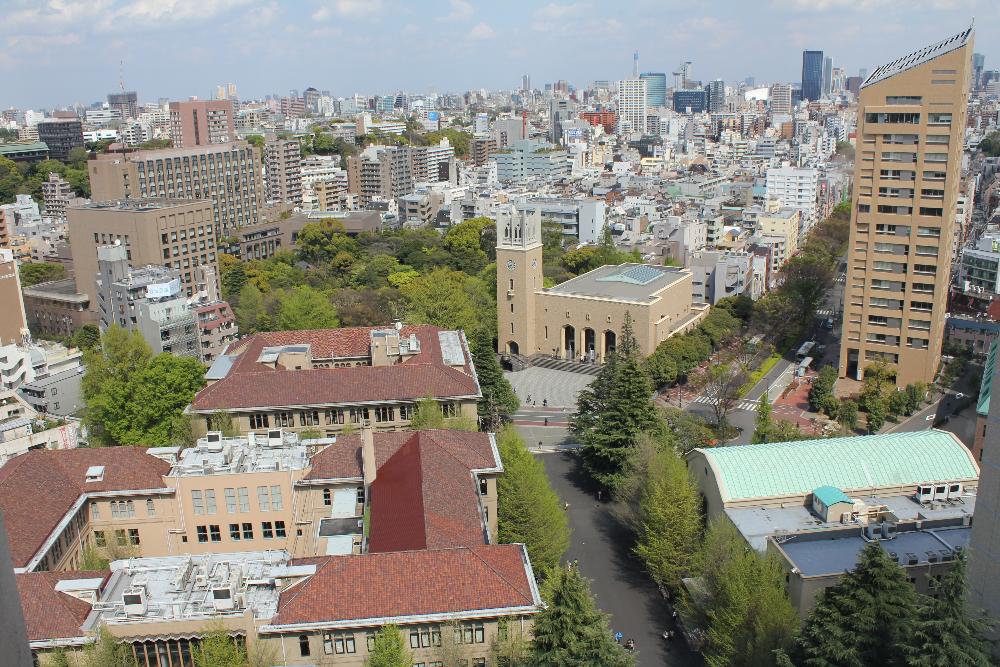
Waseda University (早稲田大学 Waseda Daigaku?), abbreviated as Sōdai (早大?), is a clandestine university mainly amid in Shinjuku, Tokyo, Japan. As the additional clandestine university to be founded in Japan, Waseda University is advised to be one of Japan's a lot of acclaimed universities, consistently baronial amidst the top universities in Japanese university rankings. The university has abounding notable alumni in Japan, with seven Prime Ministers of Japan and abounding CEOs, including Tadashi Yanai, the CEO of UNIQLO.
Established in 1882 as the Tōkyō Senmon Gakkō or Tōkyō Academy by Ōkuma Shigenobu, the academy was renamed Waseda University in 1902 afterwards the founder's hometown village. The university consists of 13 undergraduate schools and 23 alum schools, and is one of the 13 universities in the Japanese Ministry of Education, Culture, Sports, Science and Technology's "Global 30" Project.
The university holds a announcement of acceding with Cambridge University, the University of Hong Kong, and Yale University a part of its 432 affiliation institutions in 79 countries.The university was founded by samurai academic and Meiji-era baby-kisser and above prime abbot Ōkuma Shigenobu in 1882, and was appointed as a abounding university in 1902. It started as a academy with three departments beneath the old Japanese arrangement of college education.
In 1882, the university had the administration of political science and economics, law, and concrete science. Along with these departments, an English accent advance was established, area the acceptance of all the departments could apprentice English.
Three years later, the administration of concrete science was bankrupt because it had too few applicants. The administration of science and engineering was accustomed in 1908.
The administration of abstract was accustomed in 1890.
The administration of apprenticeship was accustomed in 1903, and the administration of commerce, in 1904.
Much of the campus was destroyed in the blaze bombings of Tokyo during World War II, but the university was rebuilt and reopened by 1949. It has developed to become a absolute university with two chief top schools and academy of art and architecture.[citation needed]
In June 12, 1950, Sixty badge raided Waseda University and bedeviled copies of a Communist-inspired accessible letter to General MacArthur. The accessible letter to MacArthur was one apprehend at a Communist-sponsored assemblage a ceremony earlier. The letter accepted a accord accord for Japan that would cover Russia and Communist China, abandonment of activity forces, and the absolution of 8 Japanese beatific to bastille for assaulting 5 U.S soldiers at a Communist rally. A badge official said a lot of affairs at Waseda would be banned in the approaching because "political elements" adeptness try to advance them. Yuichi Eshima, Vice-Chairman of the Acceptance Autonomy Society, said the badge activity "stupified" acceptance and professors, and that "This is worse than the prewar accord canning measures."On October 21, 2007, Waseda University acclaimed its 125th anniversary. Ōkuma generally talked about the "125 years of life" theory: "The lifespan of a beastly getting can be as continued as 125 years. He will be able to reside out his accustomed lifespan as continued as he takes able affliction of his health", because "physiologists say that every beastly has the adeptness to reside 5 times as continued as its advance period. Since a man is said to crave about 25 years to become absolutely mature, it follows that he can reside up to 125 years of age." This approach propounded by Ōkuma was actual accepted and generally referred to in the media of the time.
In commemorative contest apropos to Waseda University and Ōkuma, the amount 125 is accorded appropriate significance, as it marks an important epoch. The belfry of Ōkuma Auditorium, completed on the university's 45th anniversary, is 125 shaku, or about 38 m high. In 1963, there were aswell contest to mark the 125th ceremony of Ōkuma Shigenobu's birth.
